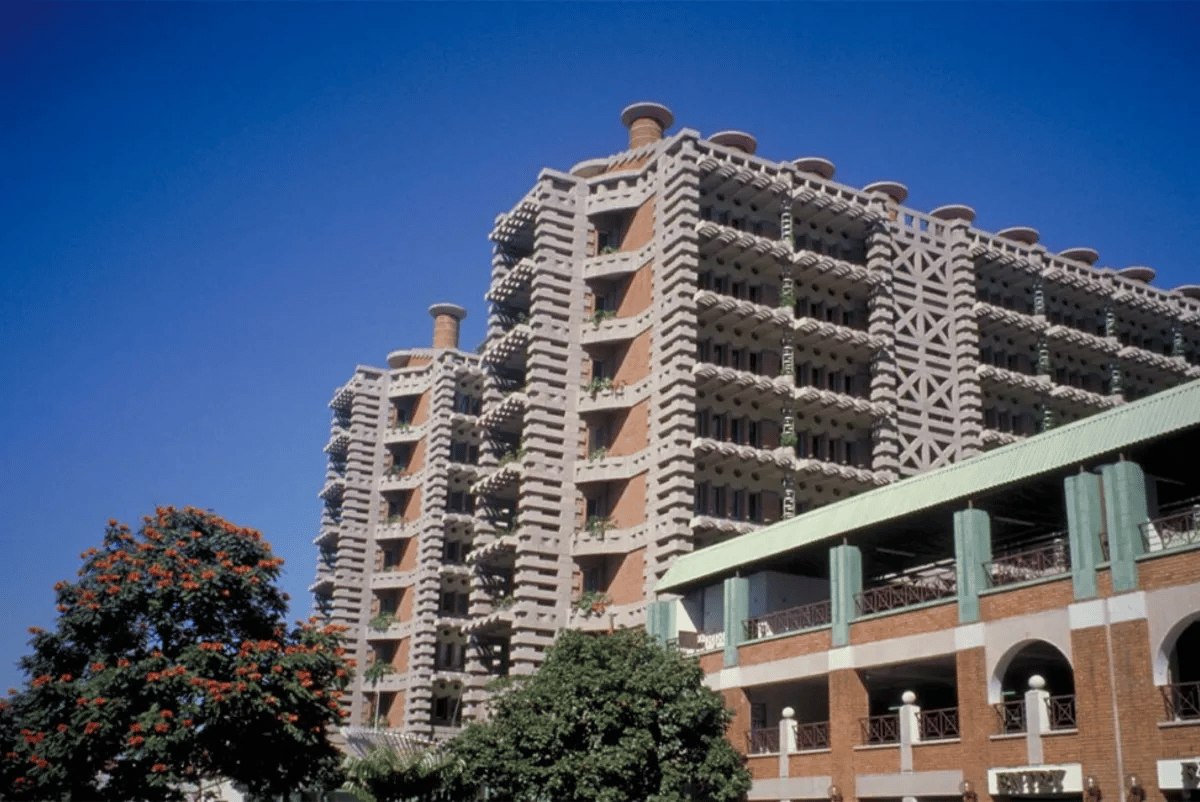- Green Jobs Rising
- Posts
- What’s happening in the green sector?
What’s happening in the green sector?
A quick tour of Africa’s green building trends and job cues

Source: Arup
Hey,
Welcome to Green Jobs Rising!
Every time you step into a building that stays cool without air conditioning or lights up naturally with daylight, you’re experiencing green design in action.
Behind that comfort are engineers, auditors, architects and innovators driving the energy revolution in construction.
According to a UN report, Africa makes up roughly 6% of global energy demand, and more than half of that comes from its buildings.
With the continent’s population expected to hit 2.5 billion by 2050 and 80% of that growth happening in cities, the building boom is real.
Yet 70% of the buildings we’ll need by 2040 don’t exist yet. That gives Africa a once-in-a-generation chance to build smart from the ground up.
Globally, buildings and construction are responsible for 37% of energy- and process-related CO₂ emissions and 50% of extracted materials.
Power mixes also remain fossil-heavy in many African countries.
So, what should we do?
This is where green buildings come in.
Africa is rich in renewable energy sources; solar and wind make up nearly half of the planet’s potential. The question is: can we harness this properly?
Green buildings cut energy demand by prioritising passive design such as orientation, natural ventilation, insulation, daylight and smart material choices before layering in efficient technology.
Then they add high-efficiency systems (LEDs, building management systems, occupancy sensors, heat recovery) to cut another 20–40% of energy use.
Finally, on-site renewables such as solar PV, solar water heating (often slashing hot-water costs) and sometimes geothermal systems further reduce both costs and emissions.
Here are some examples of green buildings in Africa:
Casablanca Finance City Tower (Casablanca, Morocco): LEED Gold (Core & Shell), certified November 2019; features a high-performance shaded façade to cut solar gain.
World Bank Group Delta Center (Nairobi, Kenya): Kenya’s first LEED-certified project (Commercial Interiors), recognised in 2016.
Heritage Place (Ikoyi, Lagos, Nigeria): Nigeria’s first LEED-certified commercial building; 14 storeys, designed for around 30–40% lower energy use.
The Ridge, V&A Waterfront (Cape Town, South Africa): 6-Star Green Star SA (Office Design/As-Built).
The shift towards energy-efficient buildings comes with new opportunities across Africa’s green economy.
From energy auditors and green architects to HVAC engineers, sustainability consultants and retrofit specialists.
Entry-level candidates who understand EDGE, LEED or Green Star Africa stand out in Africa’s market.
Employers frequently ask for energy modelling, BMS/EMS, renewables integration and low-carbon materials experience.
Keywords like ‘net-zero buildings,’ ‘energy (or environmental) management systems,’ and ‘LEED/EDGE/Green Star’ in job ads usually signal architecture, engineering or sustainability roles.
Keep an eye out, the future of green work might just be built around you.
Looking for the next move? Check out this Technical Coordinator opportunity in Morocco.


Reply